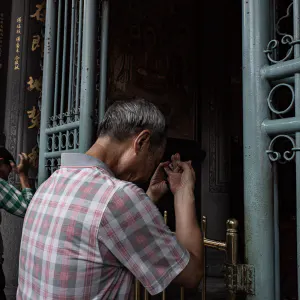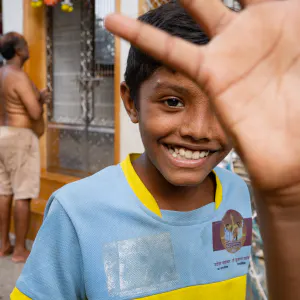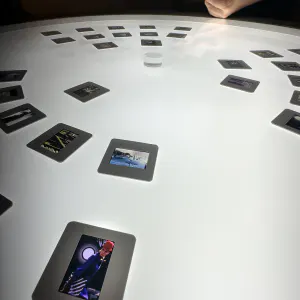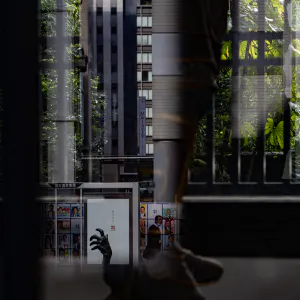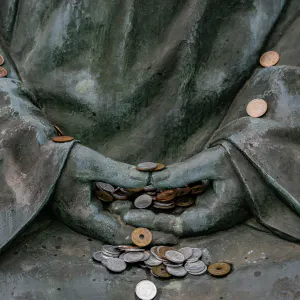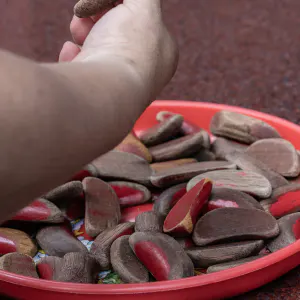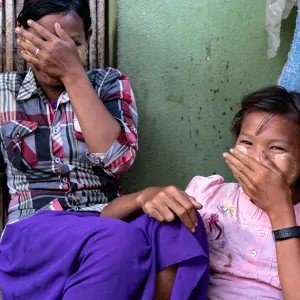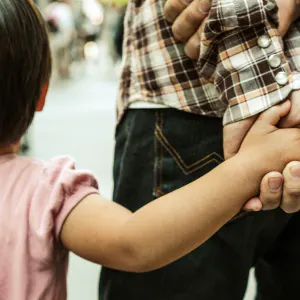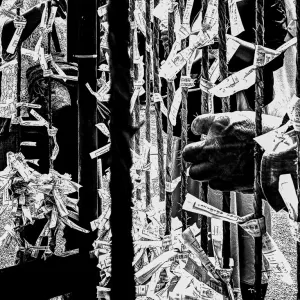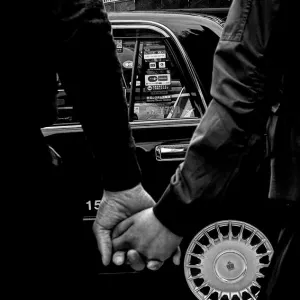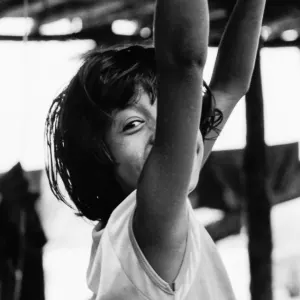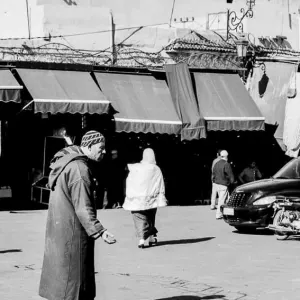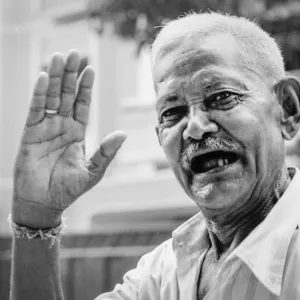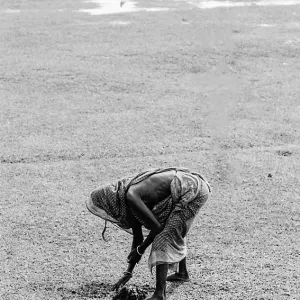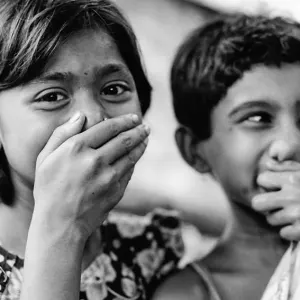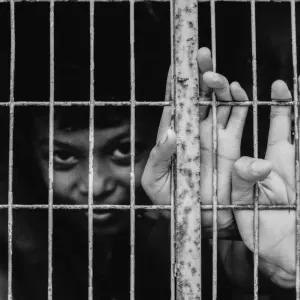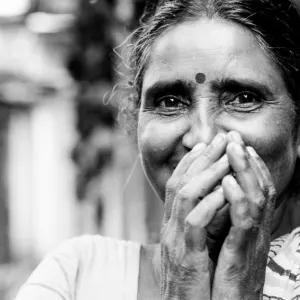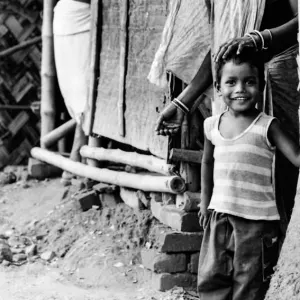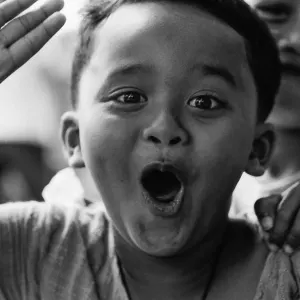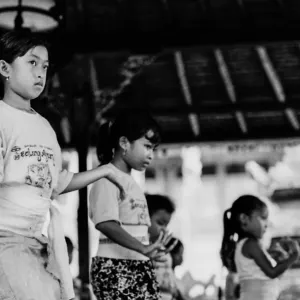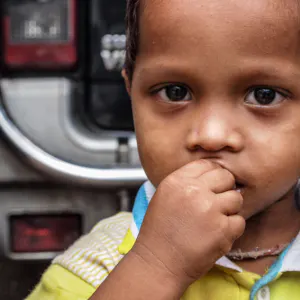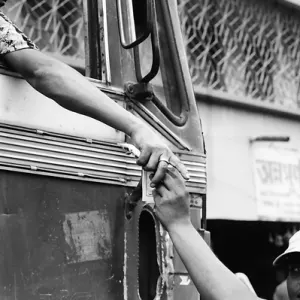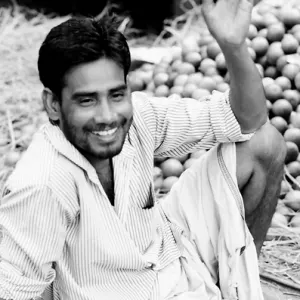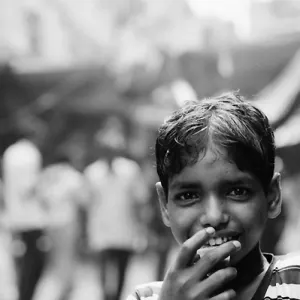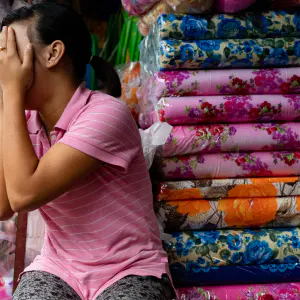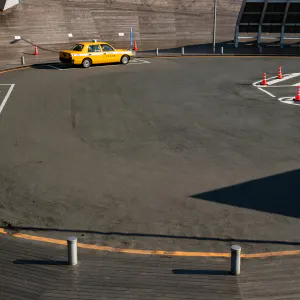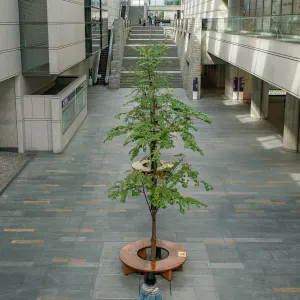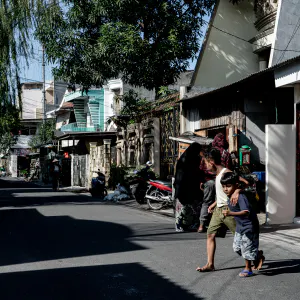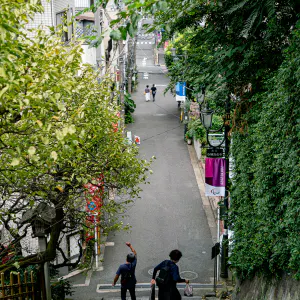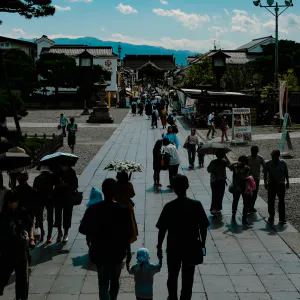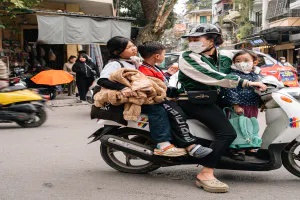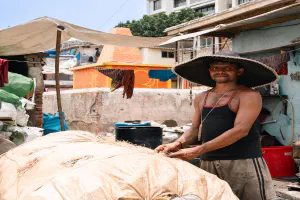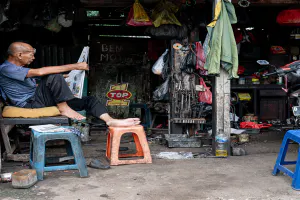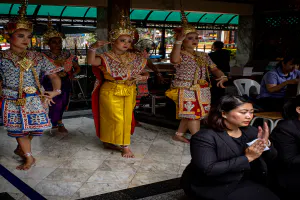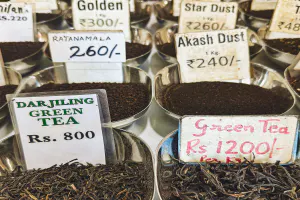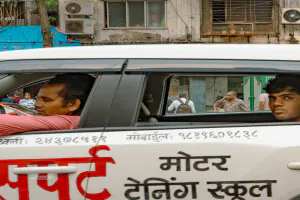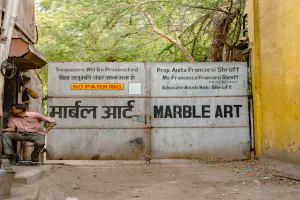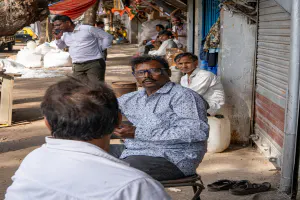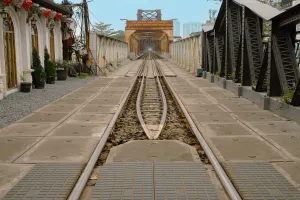A woman was praying her hands at the Shiluodian
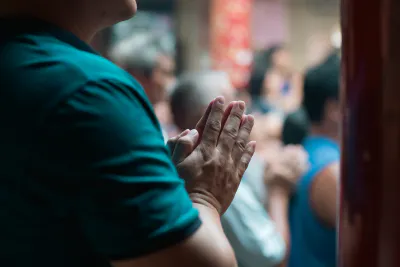
The woman in the photo had her hands together and was listening to the preaching with a serious face. This temple is called Shiluodian, and the style and atmosphere of the building suggests that it is a Taoist temple. Although Taoism is a different religion from Buddhism, the behavior of the worshippers seems to be similar.
So, I have seen Khao Dai followers praying in Vietnam, and they also put their hands together. In Asia, the gesture of clasping hands may be widely used as a common gesture of “prayer” and “respect” that transcends religions. Is there a deeper origin for this gesture?
It is said that since ancient times, the gesture of clasping hands has been used as an action to indicate “holding nothing and having no hostile intentions”. It is thought that it may have spread in Asia as a form of prayer and was passed on to religions such as Taoism, Buddhism, and the Khao Dai religion. However, in Hinduism, which is also an Asian religion, the image of joining hands in prayer does not come to mind. Hinduism seems to have a slightly different cultural background, as they often pray in a particular posture or hand shape (mudra).
It is interesting to imagine the universal meaning of this gesture across religions and regions. The act of clasping hands may be more than just a prayer, but may function as part of a universal communication between humans to show respect to each other.
| Mar 2017 PEOPLE TAIWAN | |
| HAND TAINAN WORSHIPER |
PHOTO DATA
No
10067
Shooting Date
Sep 2016
Posted On
March 10, 2017
Modified On
January 22, 2025
Place
Tainan, Taiwan
Genre
Street Photography
Camera
SONY ALPHA 7R II
Lens
EF85MM F1.2L II USM
